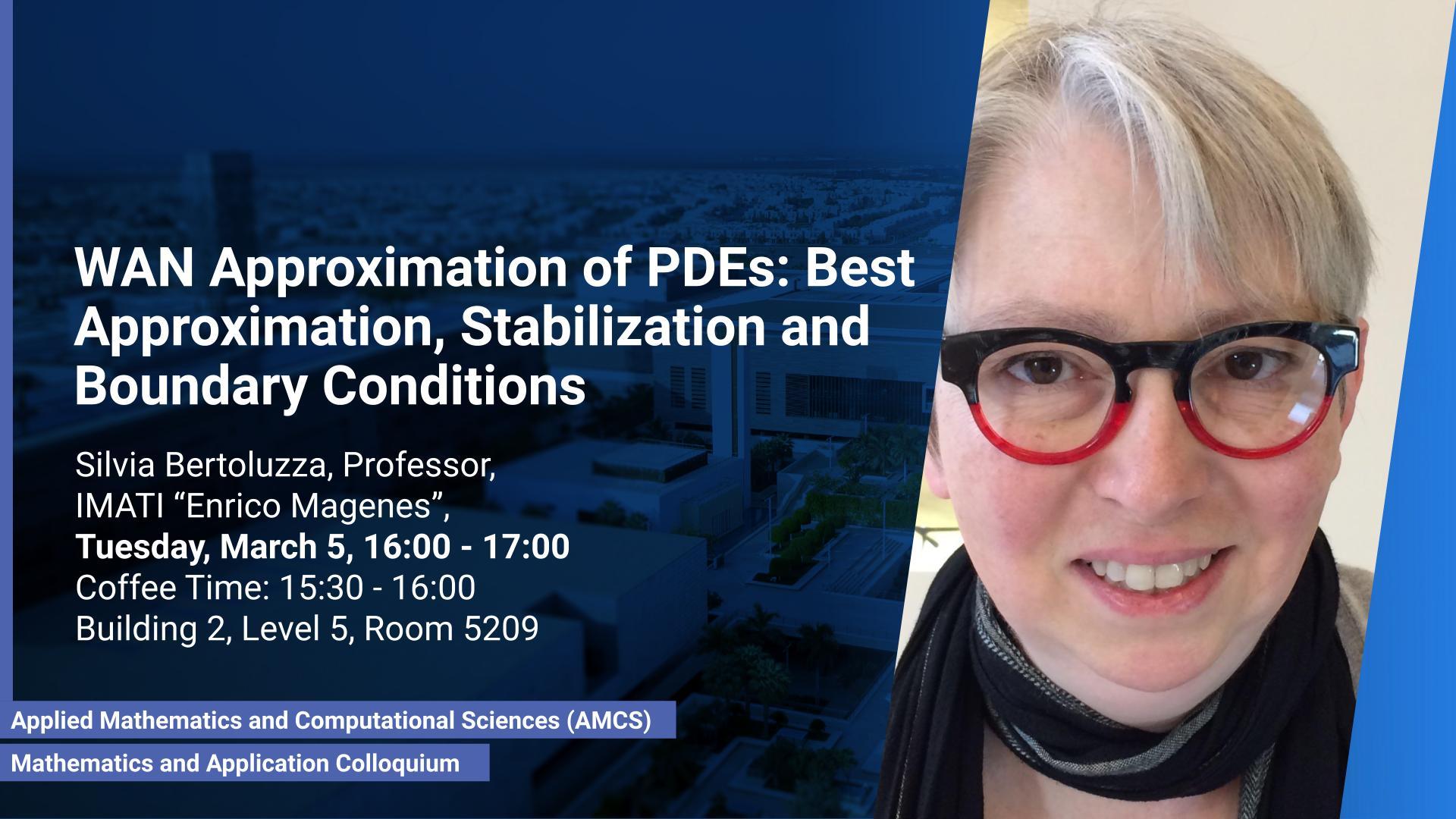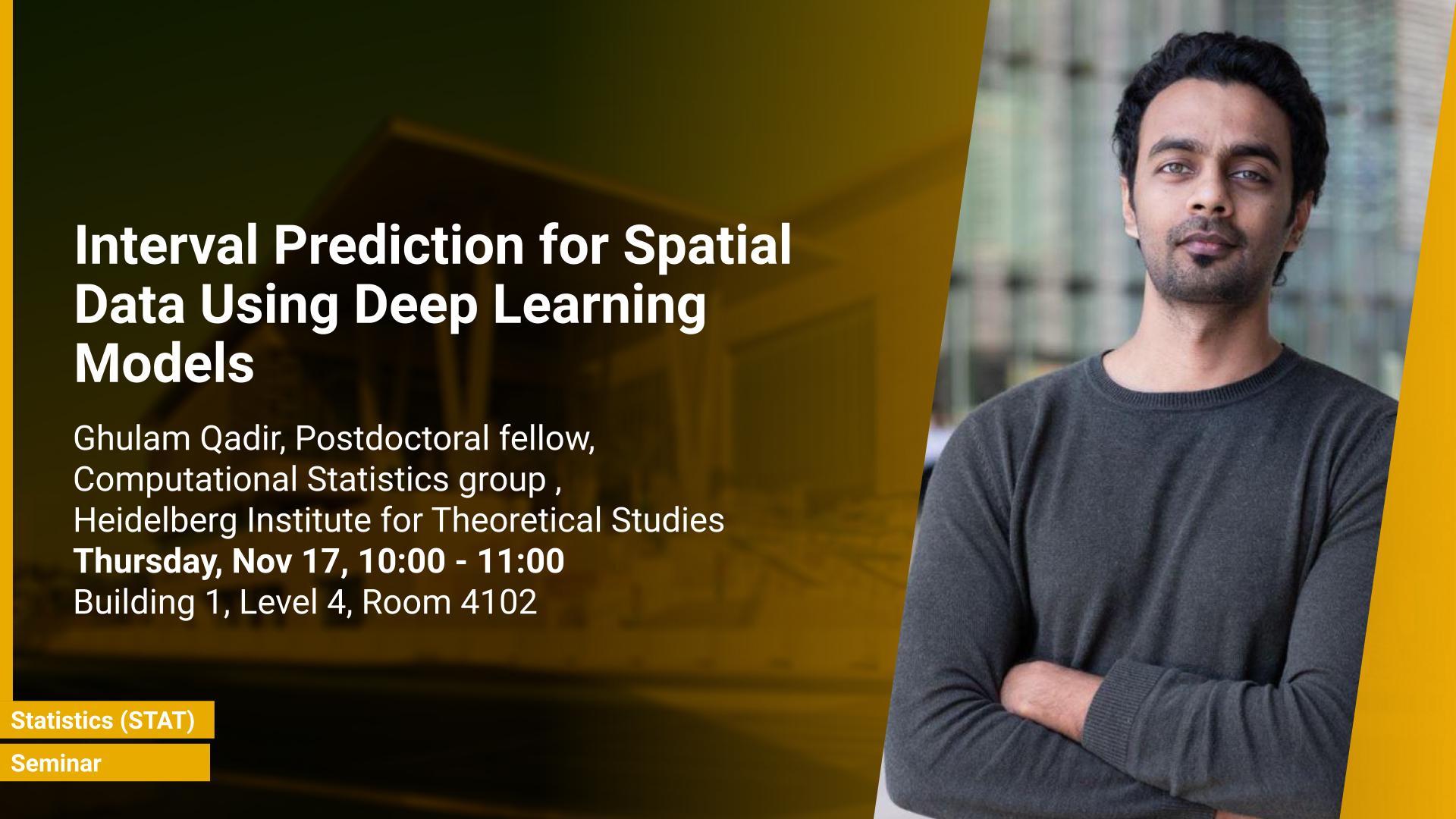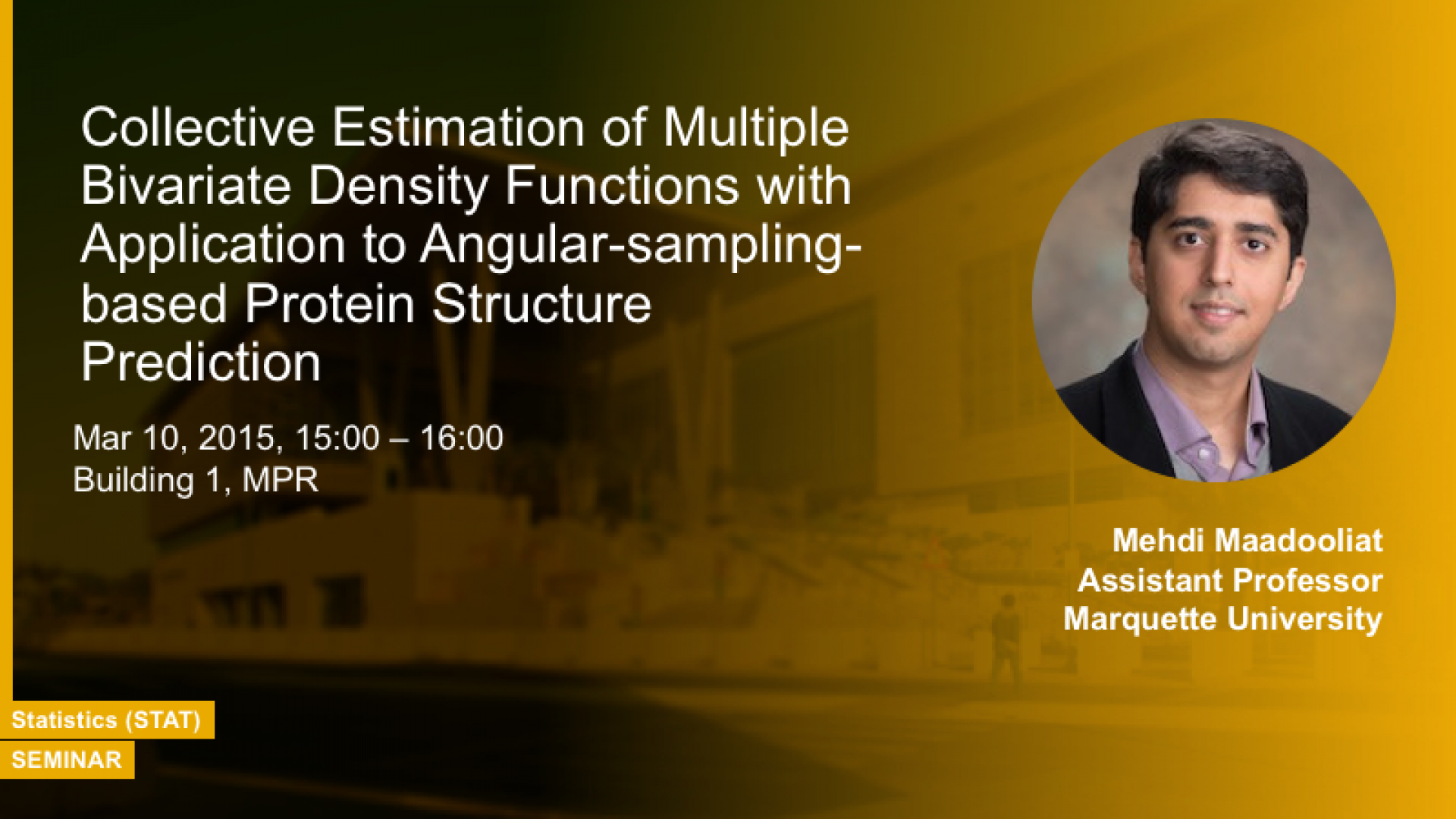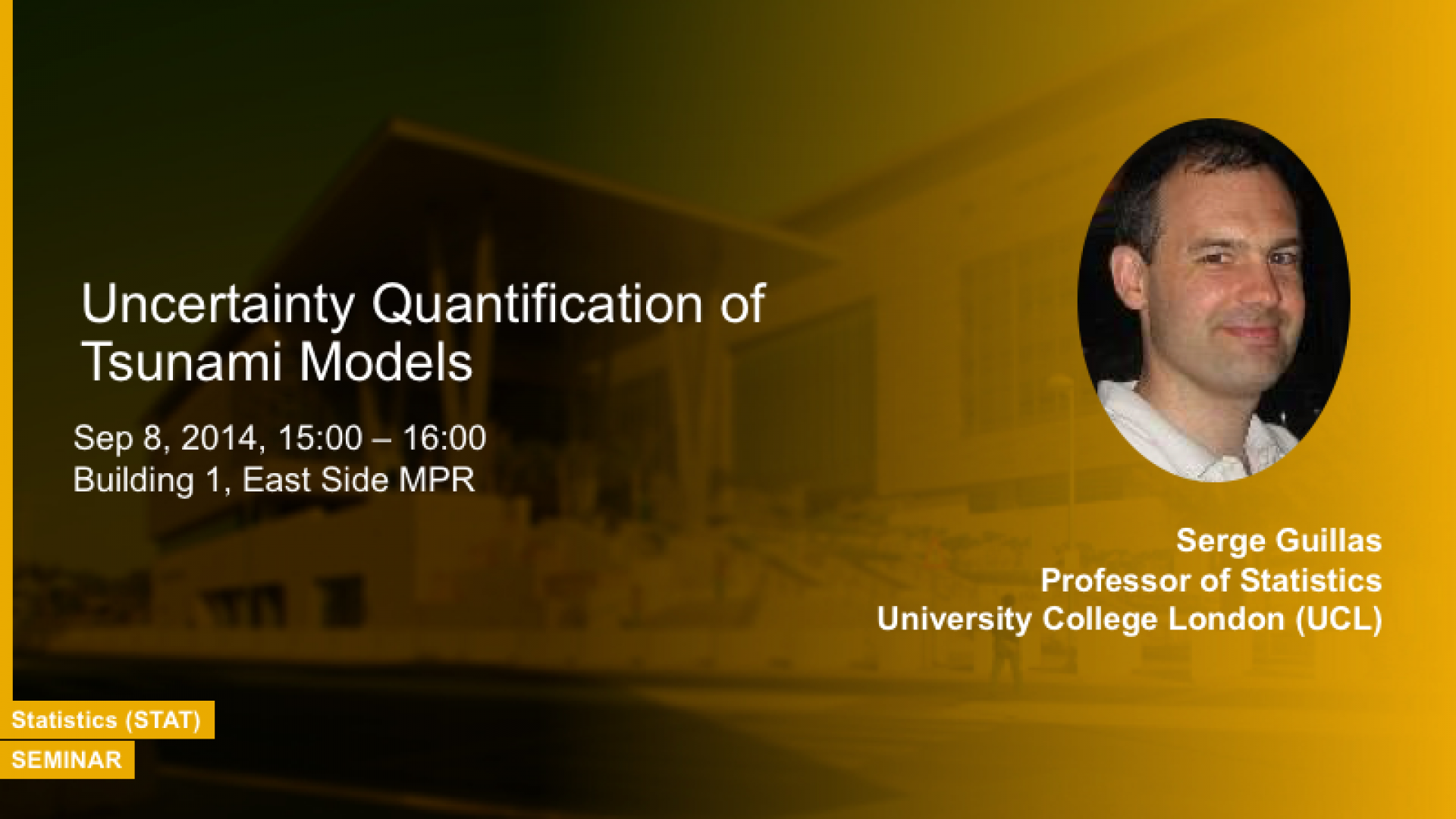PhD Student,
Statistics
Wednesday, May 29, 2024, 09:00
- 11:30
Building 4, Level 5, Room 5220; https://kaust.zoom.us/j/97684127151
Contact Person
Environmental statistics play a critical role in various interconnected domains, encompassing weather and climate forecasting, air quality monitoring, and sustainable urban planning. However, because of their high inherent unpredictability and nonstationarity, modeling complex spatio-temporal dynamics of environmental processes is challenging. This dissertation develops a set of DNN based methods for large-scale spatial and spatio-temporal processes.























